Sisyphus
Sisyphus, author technique, size 29 х 22 cm
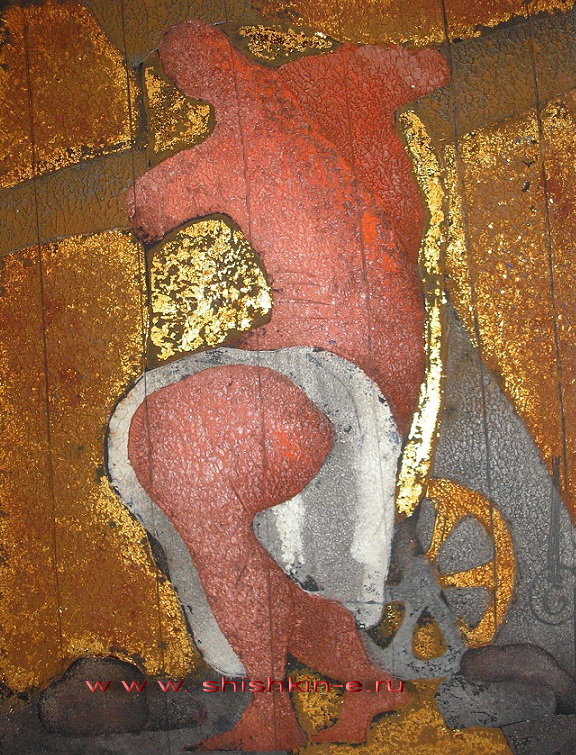
The paiting Sisyphus by artist Eugeny Shishkin written in mixed media
Sisyphus was the son of King Aeolus of Thessaly and Enarete, and the founder and first king of Ephyra (supposedly the original name of Corinth). He was the father of Glaucus, Ornytion, Almus, and Thersander by the nymph Merope, the brother of Salmoneus, and the grandfather of Bellerophon through Glaucus King Sisyphus promoted navigation and commerce but was avaricious and deceitful. He also killed travellers and guests, a violation of Xenia which fell under Zeus’ domain. He took pleasure in these killings because they allowed him to maintain his iron-fisted rule. Sisyphus and Salmoneus were known to hate each other as Sisyphus had consulted with the Oracle of Delphi on just how to kill Salmoneus without incurring any severe consequences for himself. From Homer onwards, Sisyphus was famed as the craftiest of men. He seduced Salmoneus’s daughter Tyro in one of his plots to kill Salmoneus, only for Tyro to slay the children she bore by him when she discovered that Sisyphus was planning on eventually using them to dethrone her father. King Sisyphus also betrayed one of Zeus’ secrets by telling the river god Asopus of the whereabouts of his daughter Aegina (an Asopides who was taken away by Zeus) in return for causing a spring to flow on the Corinthian Acropolis.
Zeus then ordered Thanatos, the personification of death, to chain King Sisyphus down below in Tartarus. Sisyphus was curious as to why Hermes, whose job was to guide souls to the Underworld, had not come. King Sisyphus slyly asked Thanatos to demonstrate how the chains worked. As Thanatos was granting his wish, Sisyphus then seized the advantage and trapped Thanatos instead. This caused an uproar since no human could die with Thanatos disabled. Eventually Ares (who was annoyed that his battles had lost their fun because his opponents would not die) intervened. The exasperated Ares freed Thanatos and turned King Sisyphus over to Thanatos as well.
In another version, Hades was sent to chain Sisyphus, and was chained himself. As long as Hades was tied up, nobody could die. Because of this, sacrifices could not be made to the gods and those that were old and sick were suffering. The gods finally threatened to make life so miserable for Sisyphus that he would wish he were dead. He then had no choice but to release Hades.
Before King Sisyphus died, he had told his wife to throw his naked body into the middle of the public square (purportedly as a test of his wife’s love for him). This caused King Sisyphus to end up on the shores of the river Styx. Then, complaining to Persephone that this was a sign of his wife’s disrespect for him, King Sisyphus persuaded her to allow him to return to the upper world. Once back in Corinth, the spirit of King Sisyphus scolded his wife for not burying his body and giving it a proper funeral (as a loving wife should). When King Sisyphus refused to return to the Underworld after that, he was forcibly dragged back there by Hermes.
In another version of the myth, Persephone was directly persuaded that he had been conducted to Tartarus by mistake and ordered him to be freed.
In Philoctetes by Sophocles there is a reference to the father of Odysseus (rumoured to have been Sisyphus) having returned from the dead.
As a punishment for his trickery, King Sisyphus was made to endlessly roll a huge boulder up a steep hill. The maddening nature of the punishment was reserved for King Sisyphus due to his hubristic belief that his cleverness surpassed that of Zeus himself. Zeus accordingly displayed his own cleverness by enchanting the boulder into rolling away from King Sisyphus before he reached the top which ended up consigning Sisyphus to an eternity of useless efforts and unending frustration. Thus it came to pass that pointless or interminable activities are sometimes described as Sisyphean.
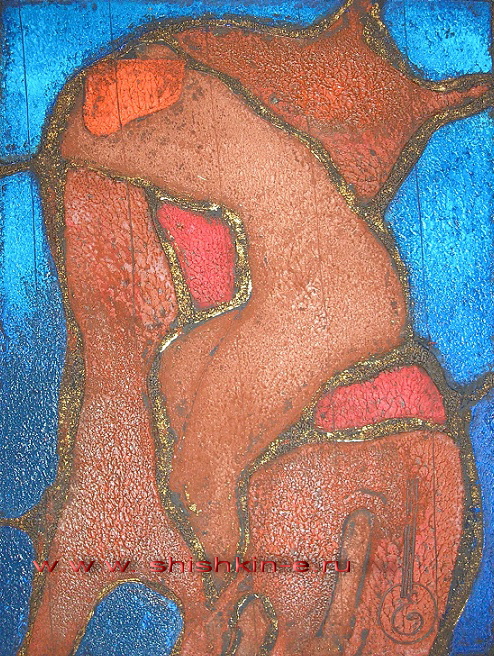
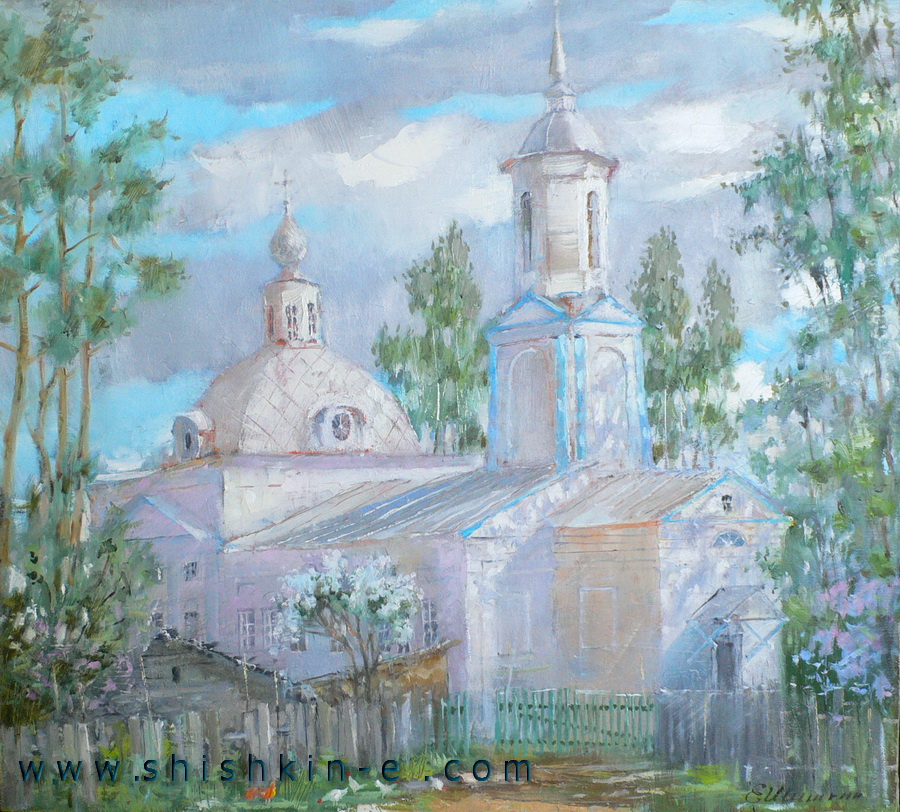
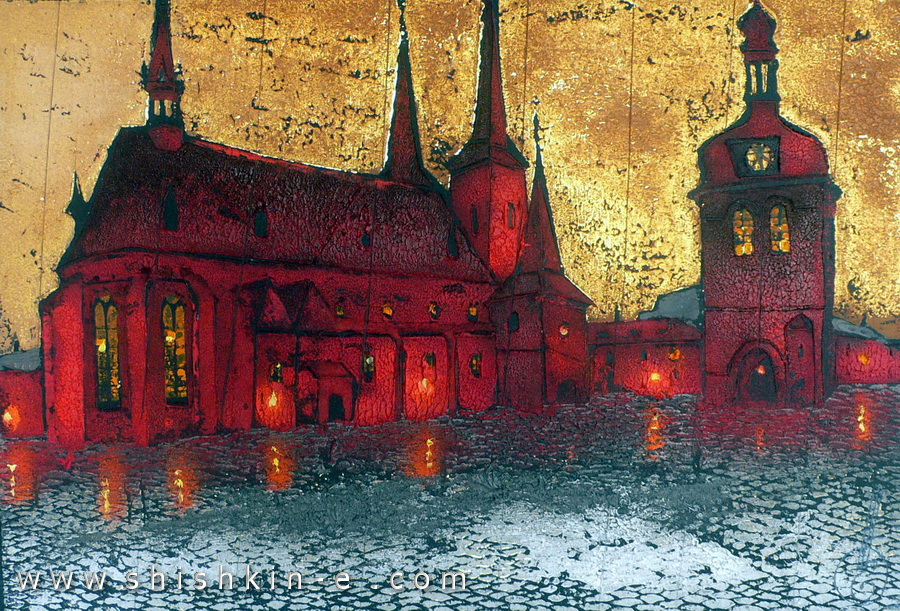
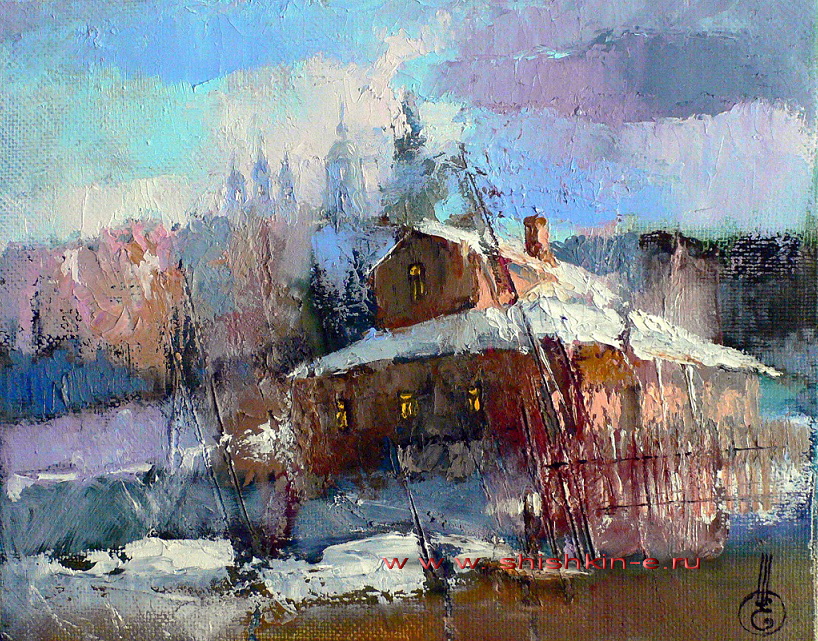
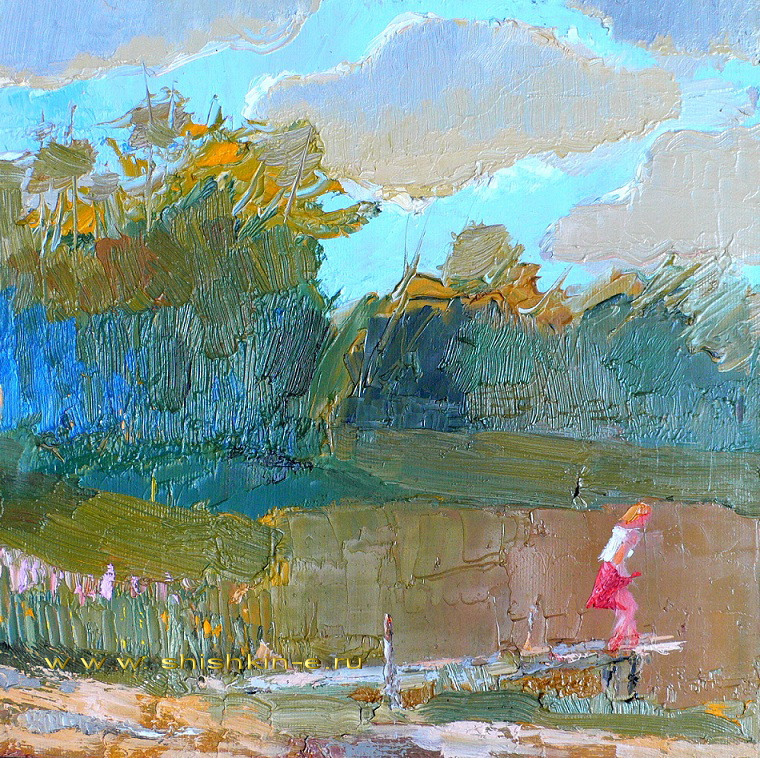
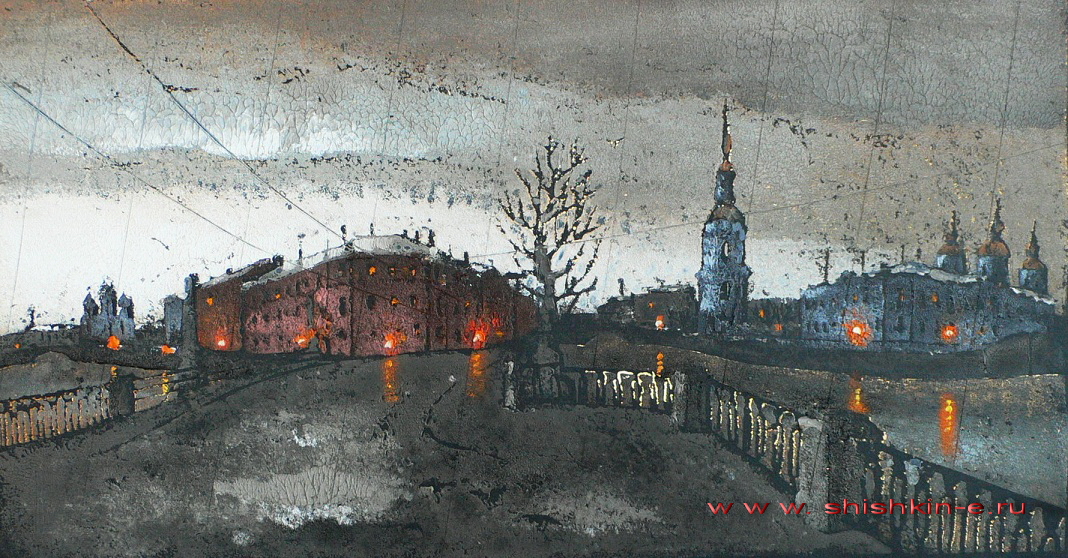
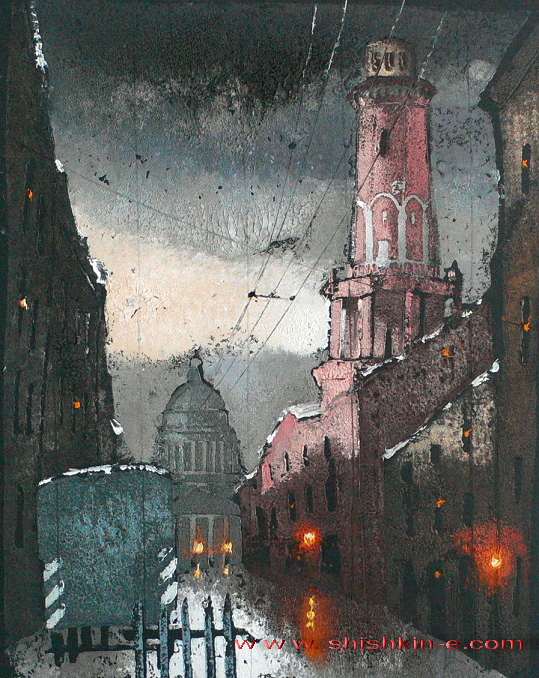
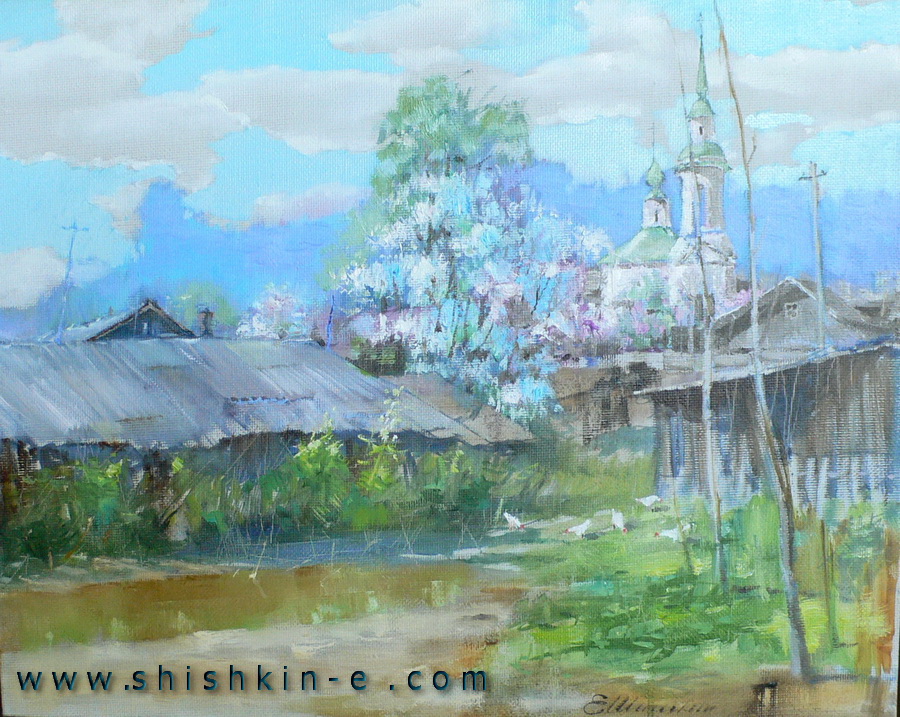
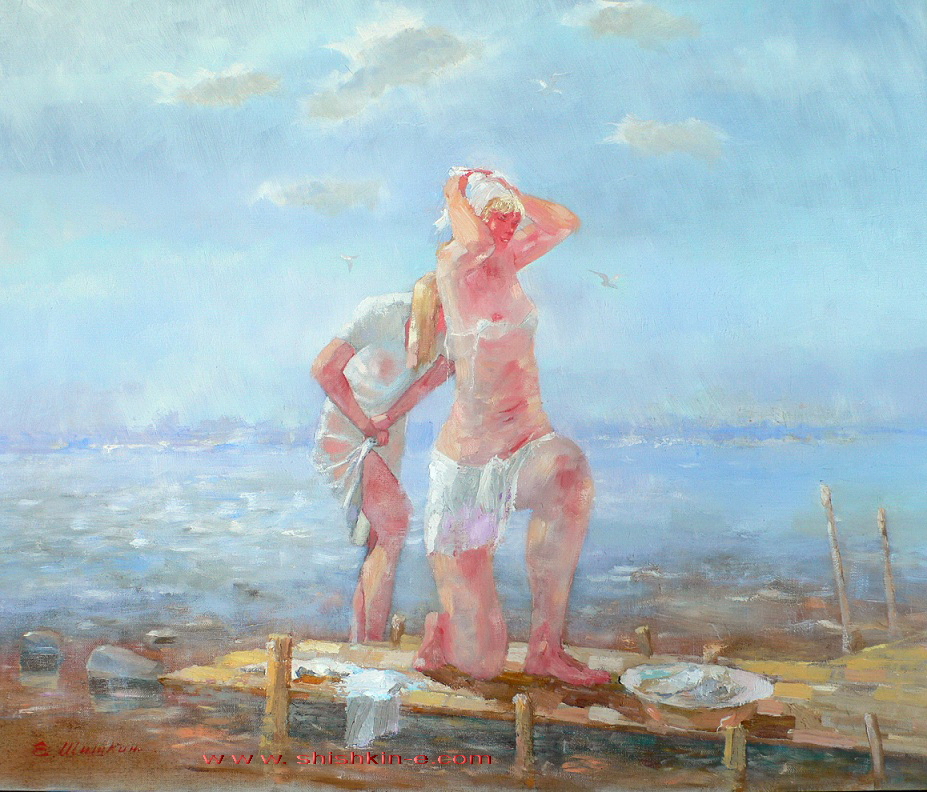
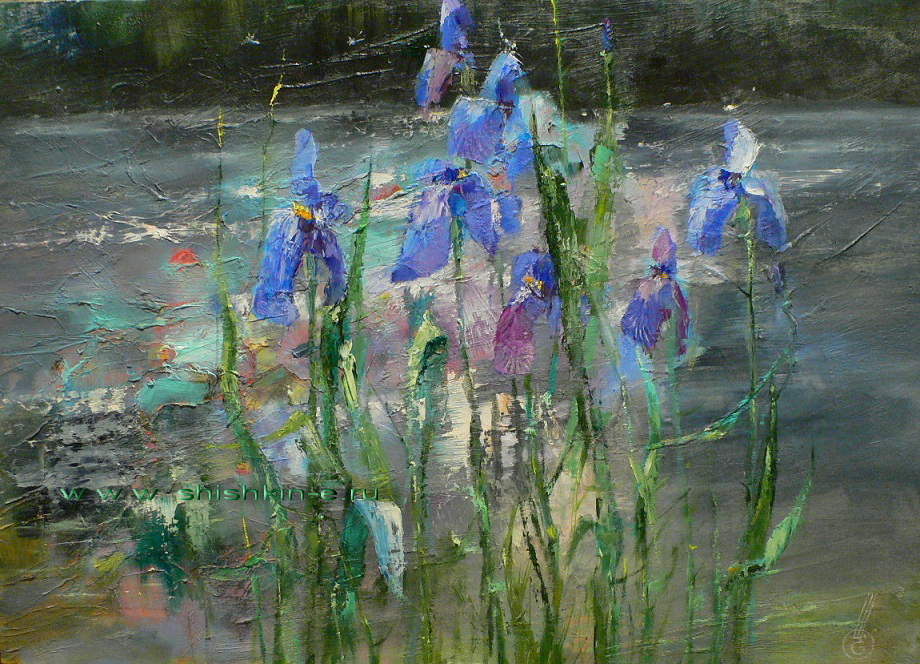
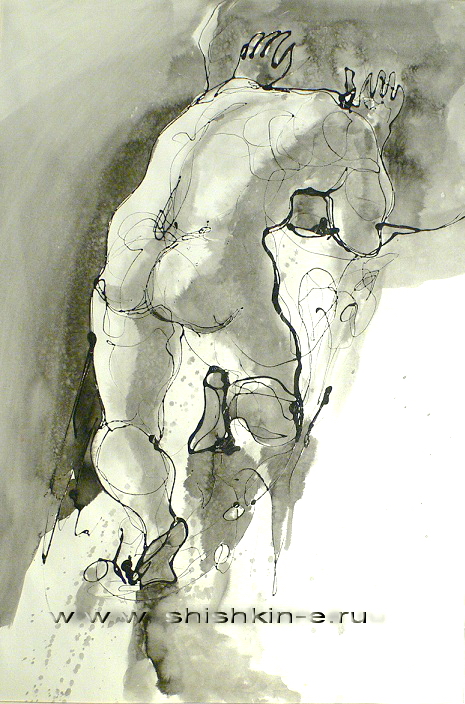
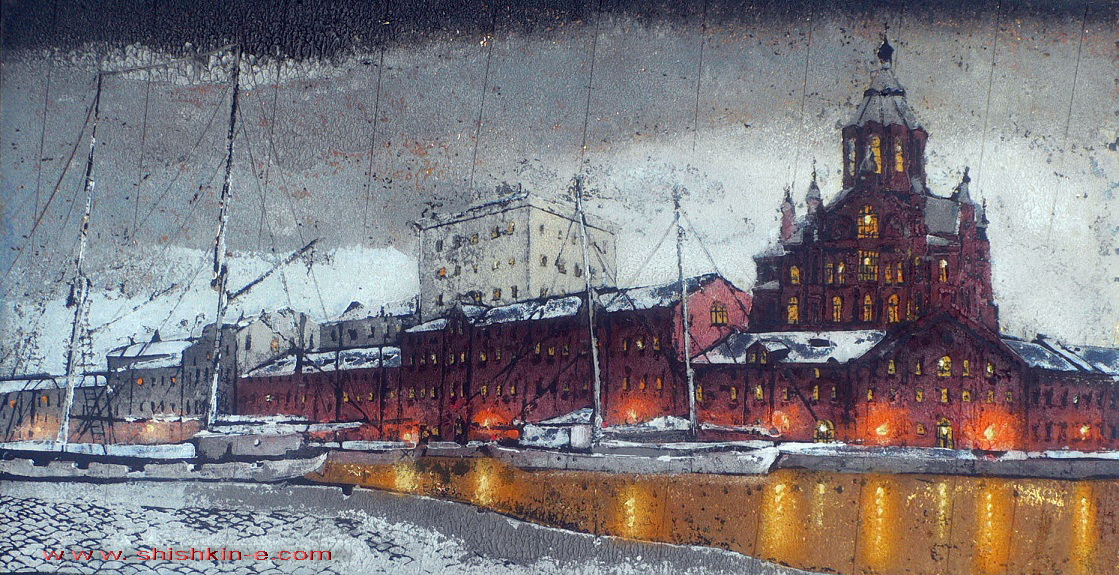

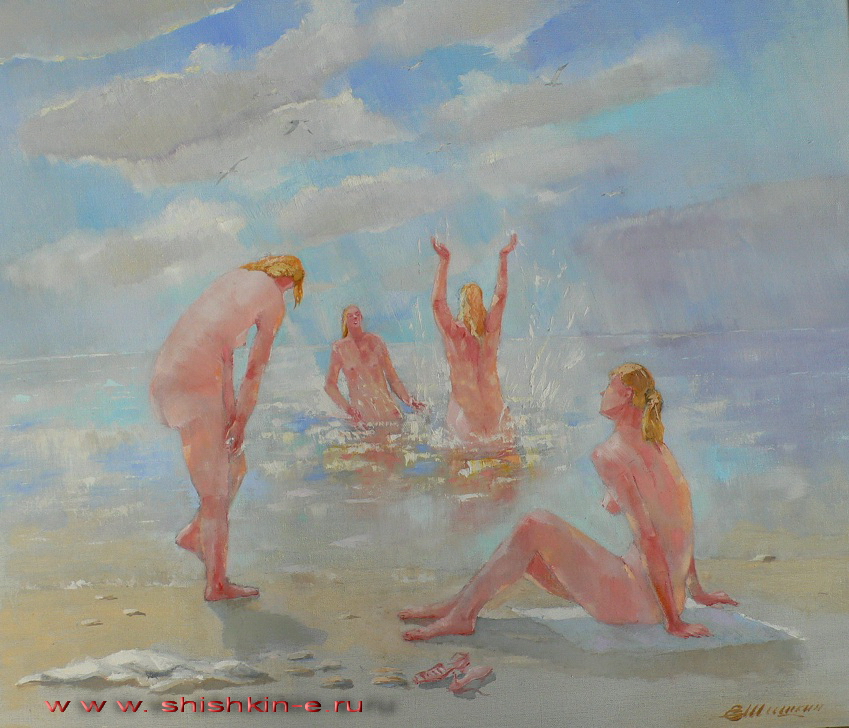
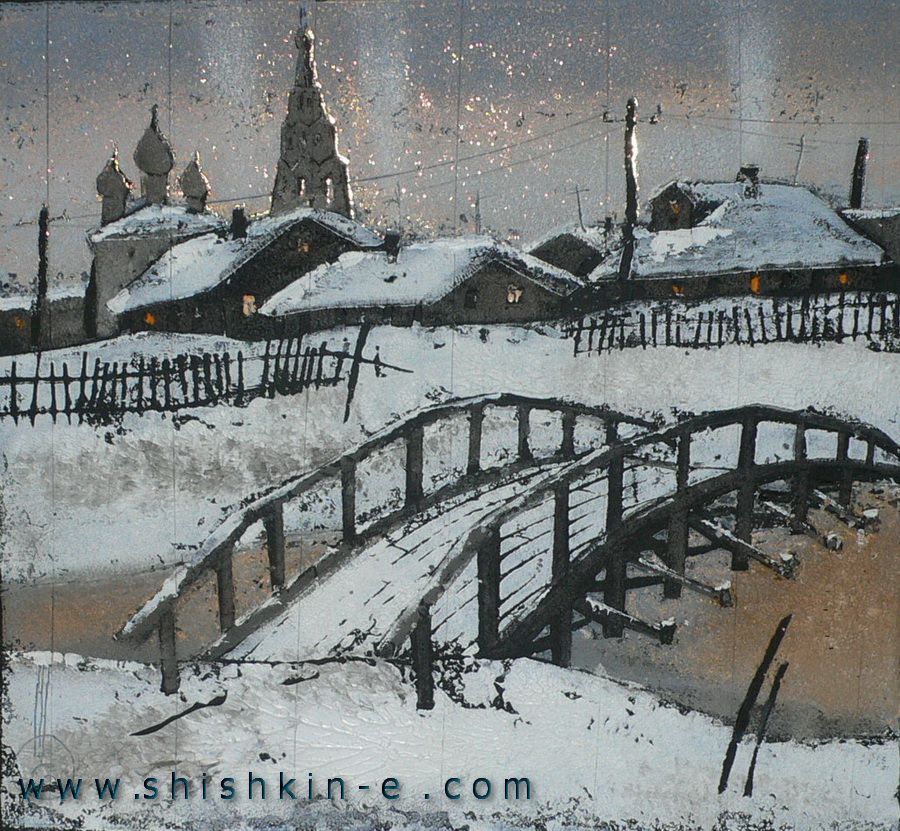

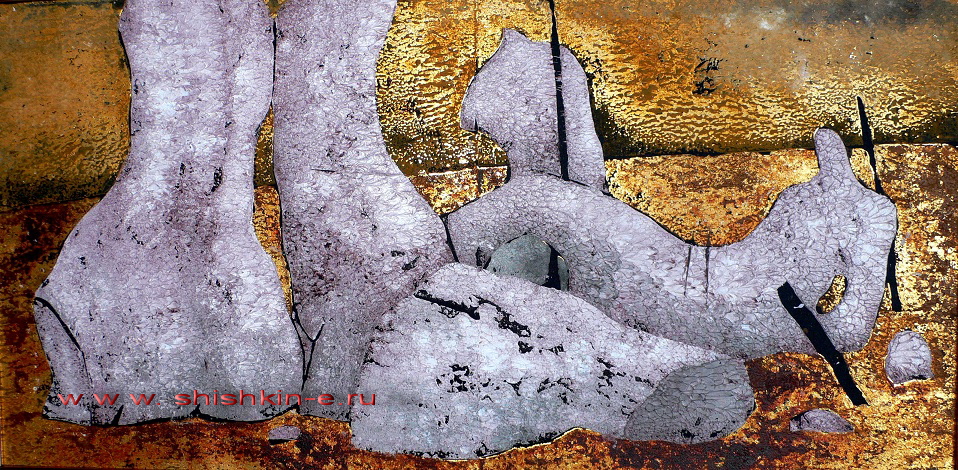
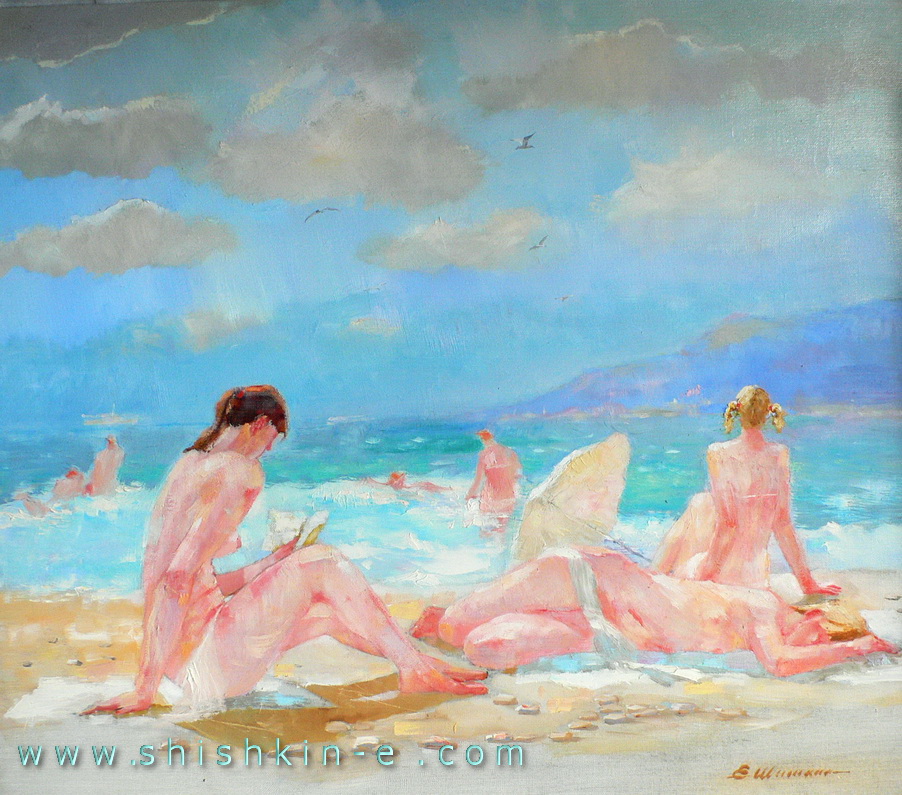
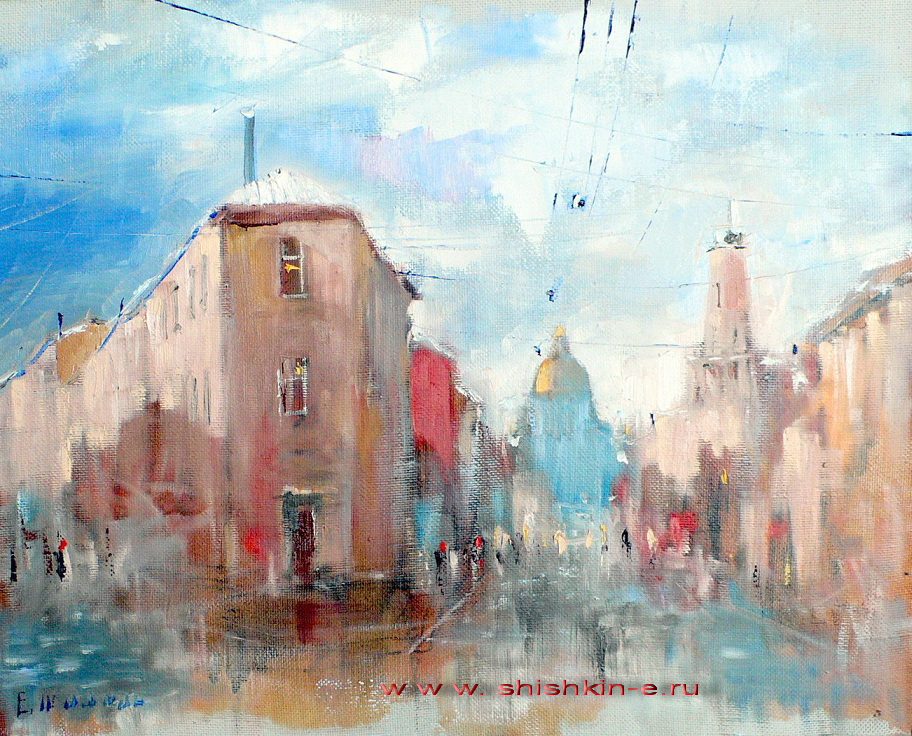
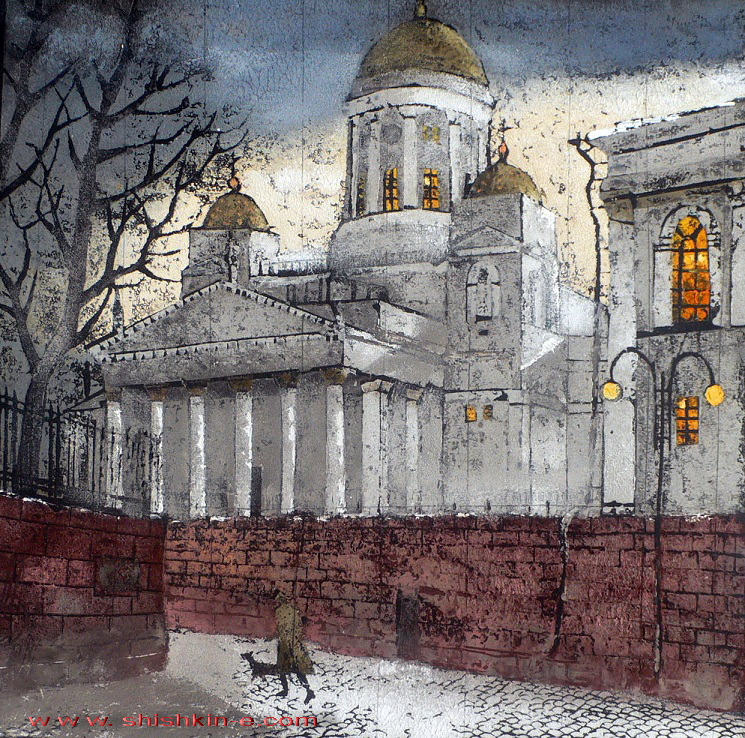

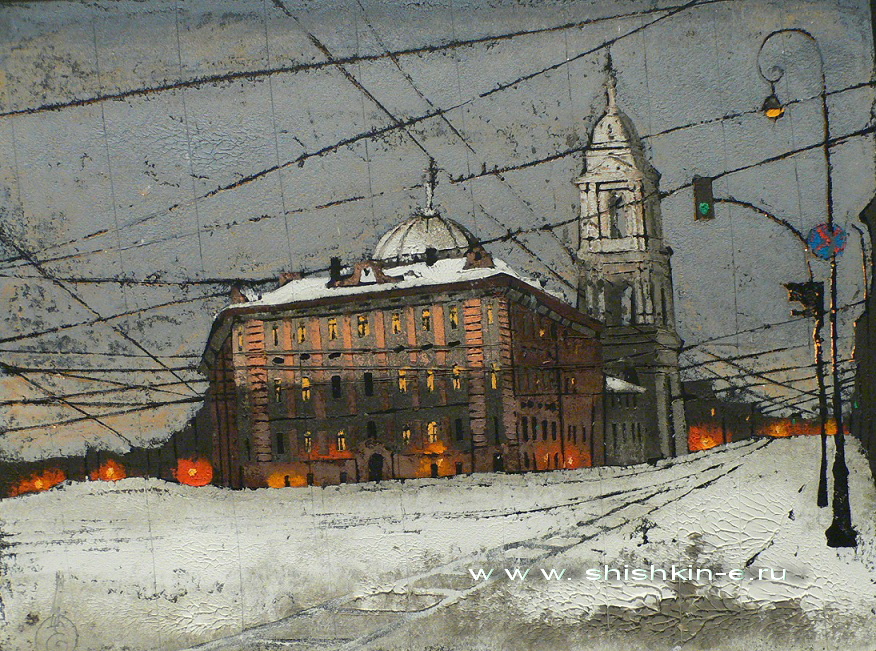
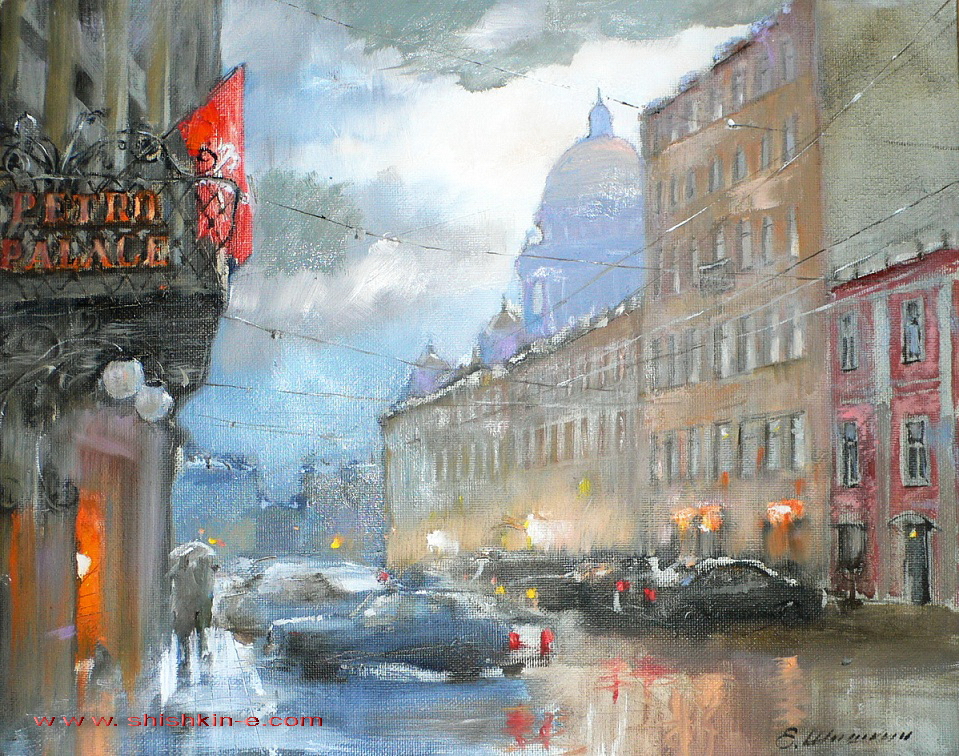
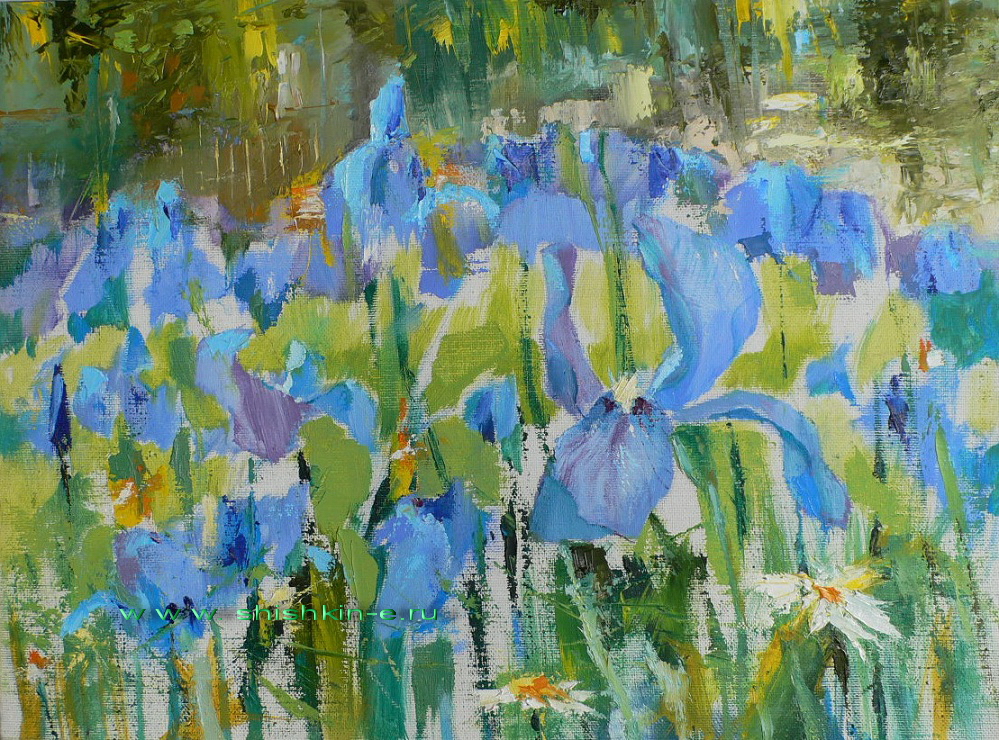
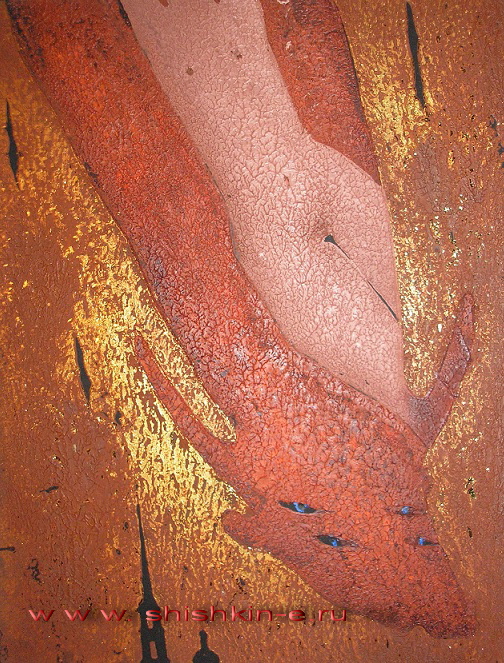
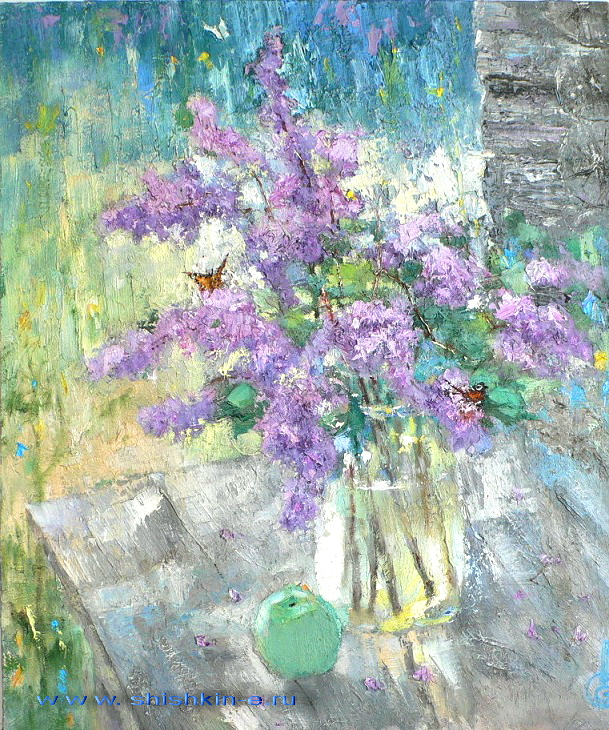
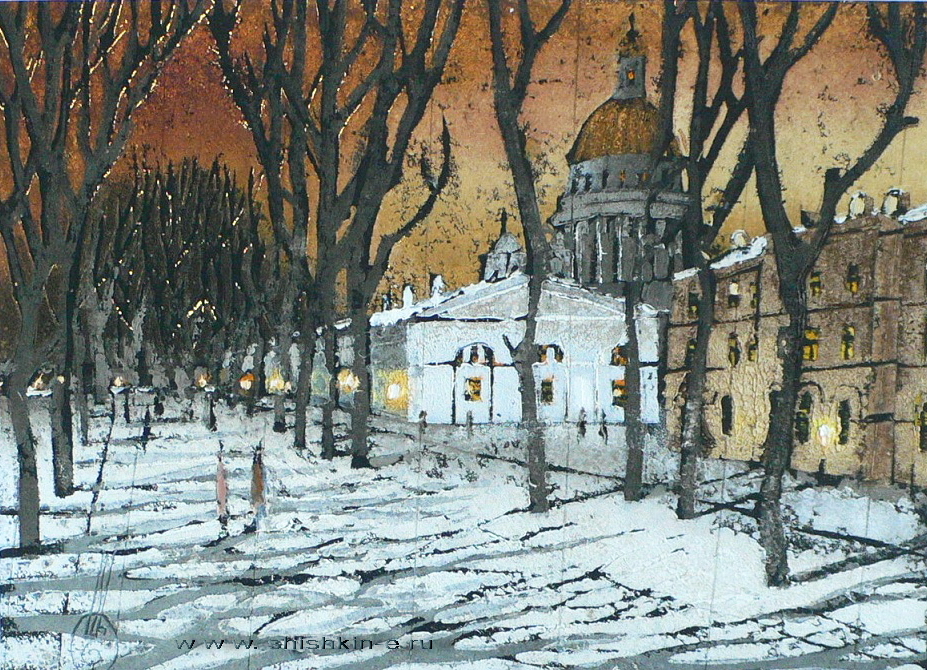

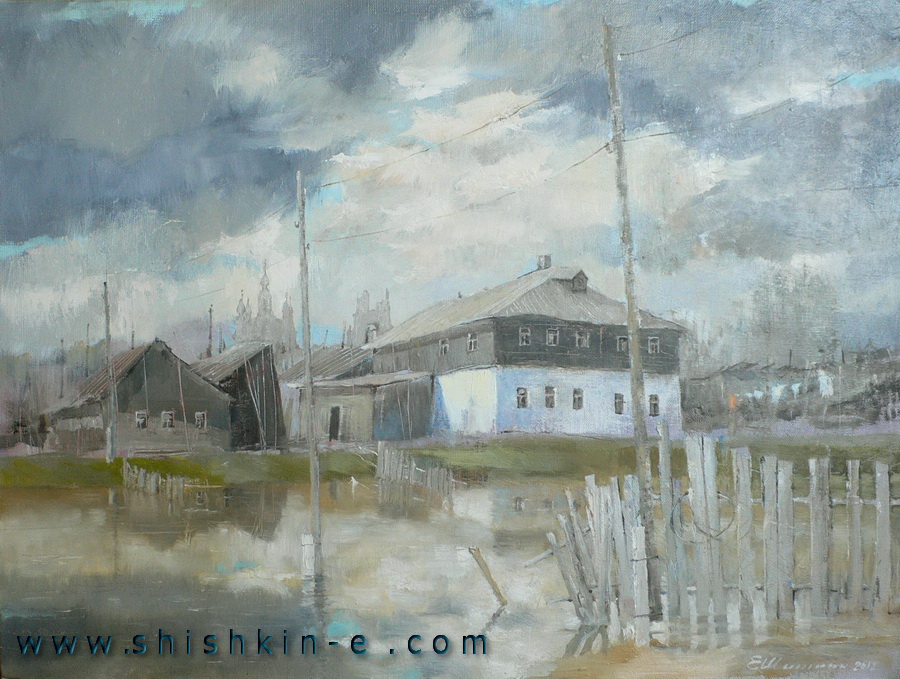
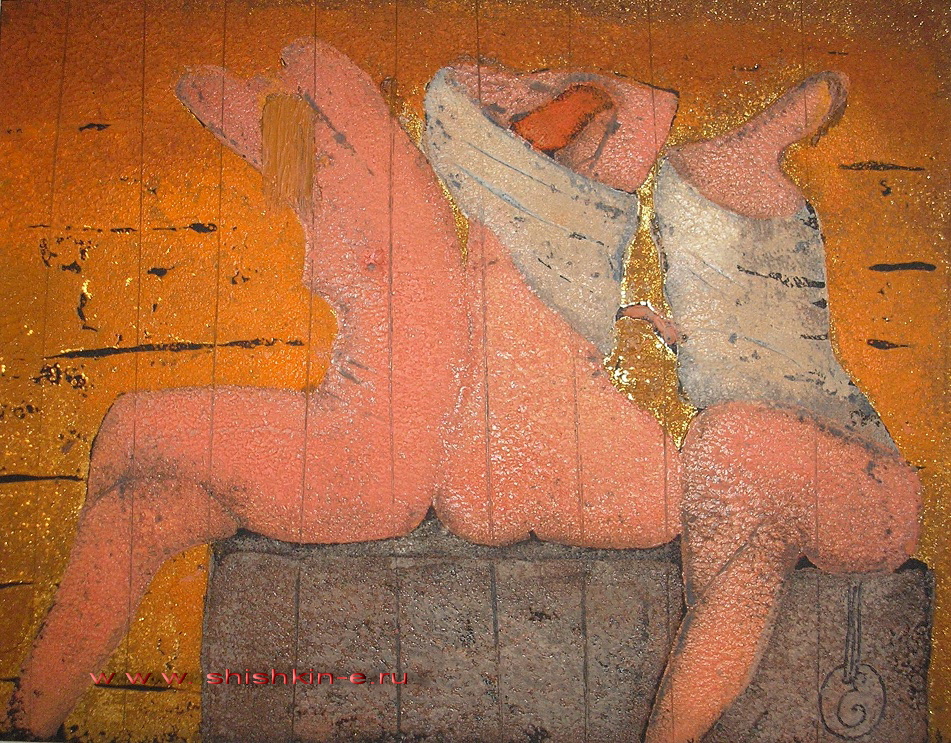
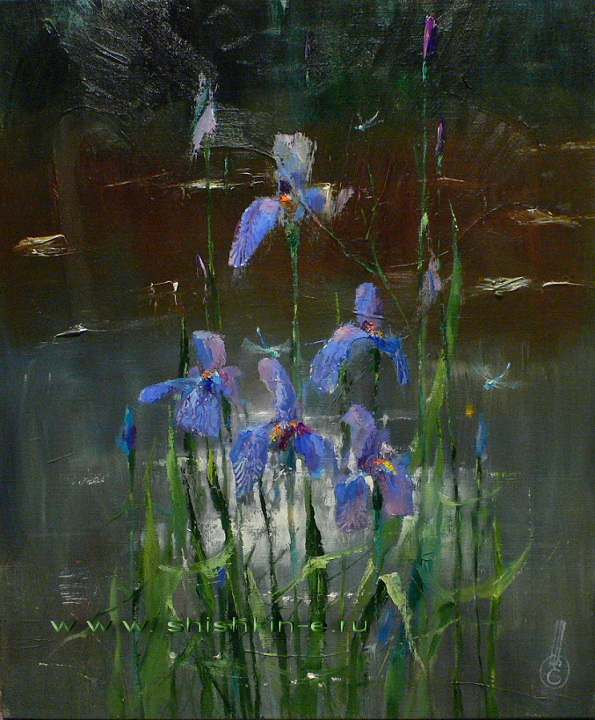
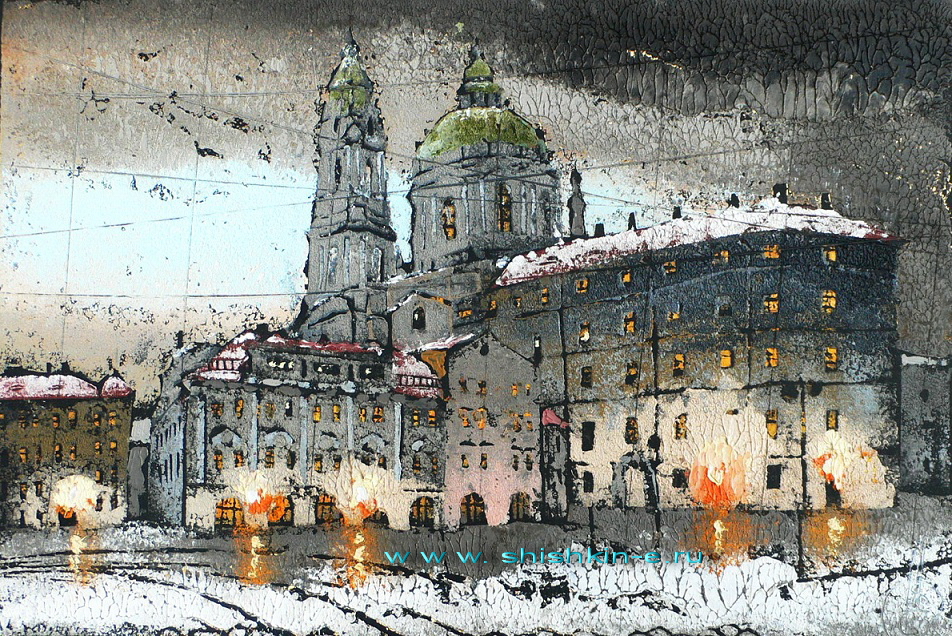

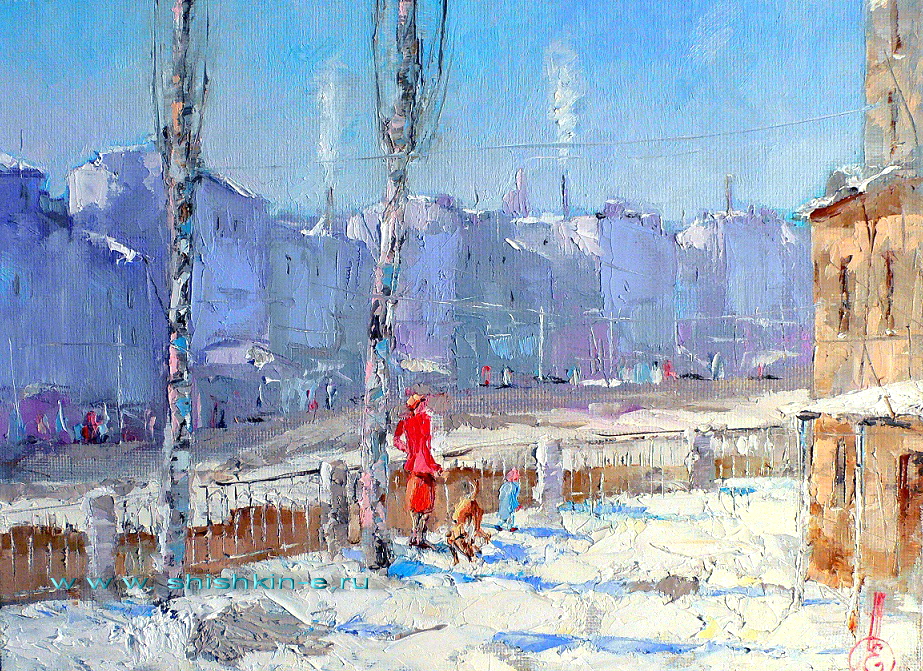
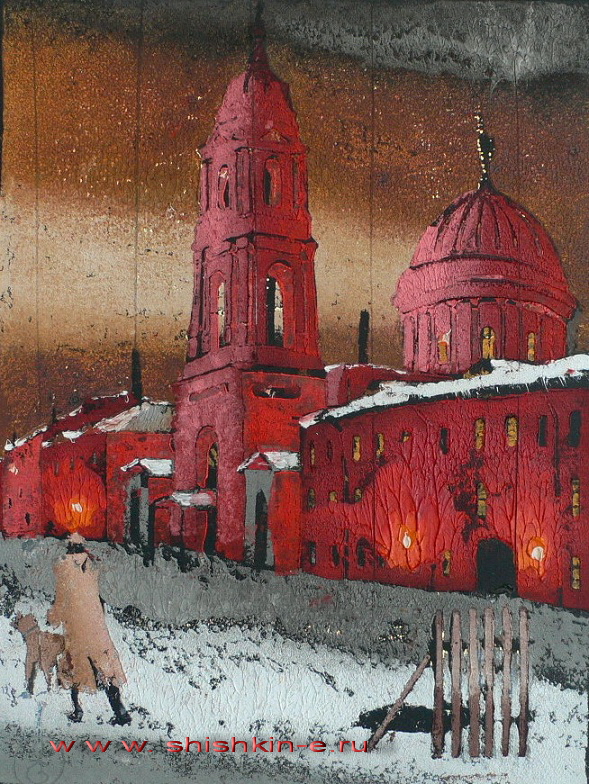
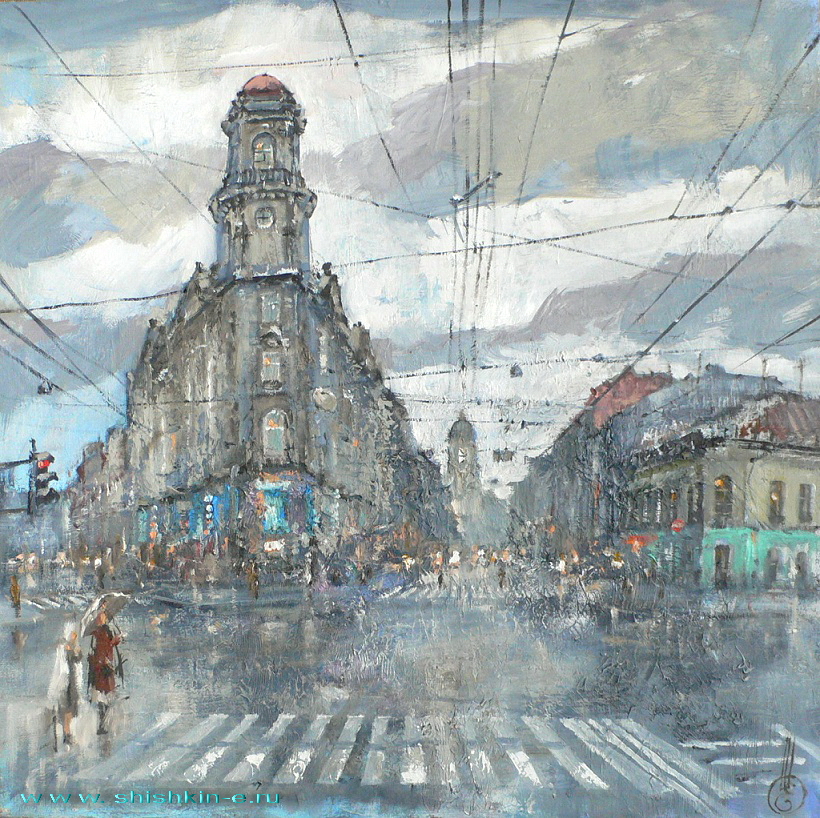
 Русский
Русский English
English 简体中文
简体中文 Español
Español